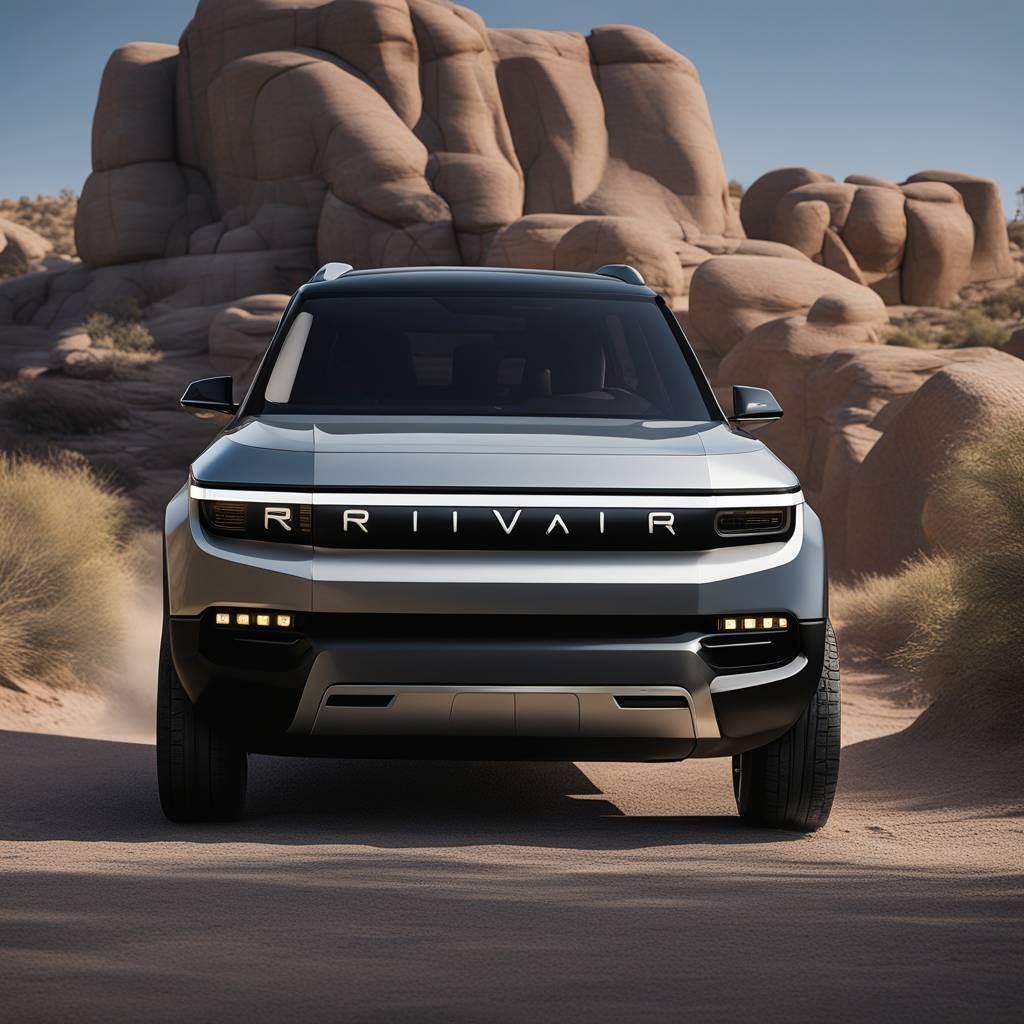Summary
– Rivian’s 2025 R1 models have significant updates under the hood, including a new battery pack, three-motor variant, software stack, and improved parts networking and computing.
– The updates aim to reduce complexity, costs, and improve repairs for Rivian, helping the company become profitable.
– A video tour of Rivian’s lab showcases the inner beauty and advanced technology of the R1 models.
– The models now have seven ECU modules, down from 17, as part of a new zonal architecture setup that simplifies computing power and allows for more advanced software features.
– The changes to the 2025 R1 models are intended to generate hype and sales until Rivian’s more mainstream R2 and R3 models are released.
Article
**Rivian’s Lab Showcase of the 2025 R1 Models**
A video tour of Rivian’s lab offers a glimpse into the inner workings of the 2025 R1 models, highlighting the significant upgrades that make them almost entirely new vehicles. While the R1S and R1T may look similar on the outside, the new LFP battery pack, three-motor variant, updated software stack, and innovative approach to parts networking and computing make them truly second-generation models. These enhancements aim to improve performance, reduce complexity, lower costs, and enhance the overall driving experience.
**Closing the Gap: Rivian’s Profitability Goals**
Like many EV startups, Rivian faces the challenge of becoming profitable and staying afloat long enough to launch its mass-volume mainstream models such as the R2 and R3. The success of the updated R1S and R1T models will play a crucial role in determining Rivian’s future financial stability. By offering reduced complexity, improved computing capabilities, and potentially cheaper repairs, Rivian aims to attract more customers and boost sales, thereby paving the way for the release of its upcoming models.
**Exploring Rivian’s Palo Alto Lab**
In a recent video by CNET, tech journalist Lexy Savvides delves into Rivian’s Palo Alto lab to examine the new electrical architecture, software interface, AI-powered functions, and more of the 2025 R1 models. With a transition from 17 ECU modules to seven, Rivian’s zonal architecture setup redefines vehicle design for EVs by streamlining computing power based on location within the car, rather than by function. This reorganization not only reduces complexity but also enables the integration of advanced software features, reflecting industry trends pioneered by Tesla.
**Driving Impressions of the 2025 R1 Models**
Savvides’ firsthand experience with the 2025 R1 models showcases the impressive performance and driving dynamics of these vehicles. With enhanced software features and a simplified computing framework, the R1S and R1T deliver a seamless driving experience that sets a high standard for EV newcomers. Despite testing the Dual Motor version, Savvides expresses enthusiasm for the vehicle’s capabilities and overall driving feel, hinting at the potential hype and sales success these models may generate.
**Future Prospects for Rivian**
As Rivian continues to evolve its electric vehicle lineup with groundbreaking technologies and design innovations, the company aims to position itself as a key player in the EV market. By prioritizing efficiency, performance, and affordability in its updated R1 models, Rivian seeks to attract a wider audience and establish a strong foundation for future growth. As the automotive industry shifts towards electrification, Rivian’s commitment to excellence and innovation sets it apart as a frontrunner in the field.
**Conclusion**
With the unveiling of the 2025 R1 models and their impressive upgrades, Rivian demonstrates its dedication to driving innovation and setting new standards in the EV sector. By addressing key challenges related to profitability, complexity, and customer satisfaction, Rivian aims to solidify its position as a leading manufacturer of electric vehicles. As consumer demand for sustainable transportation solutions continues to rise, Rivian’s forward-thinking approach and commitment to excellence bode well for its future success in the competitive automotive market.
Read the full article here



